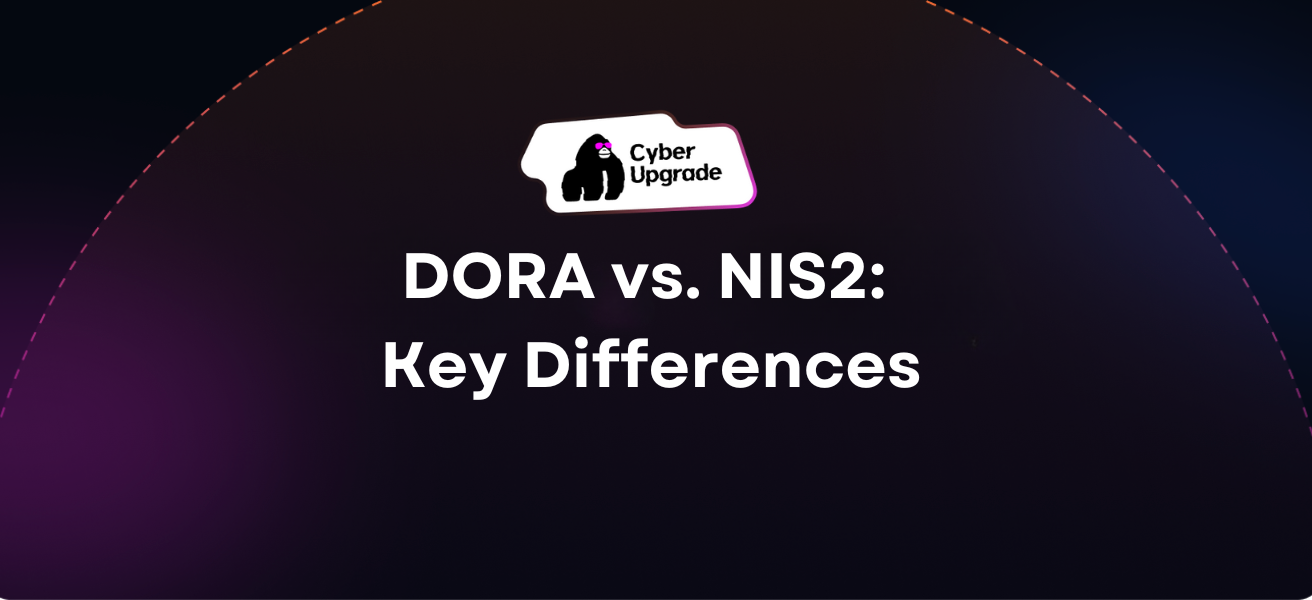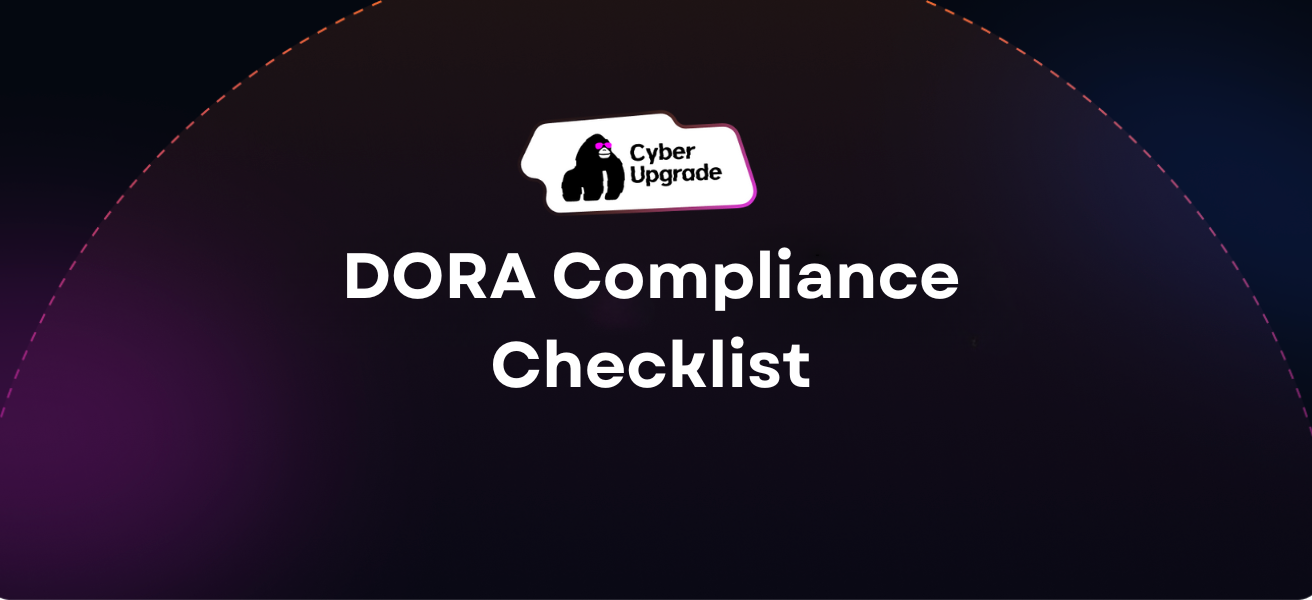Reflecting on the evolving landscape of cybersecurity regulations, I recall a recent discussion with a colleague who was grappling with the intricacies of the European Union’s latest directives. The conversation underscored the importance of understanding the nuances between the Digital Operational Resilience Act (DORA) and the Network and Information Security Directive 2 (NIS2). Both aim to bolster cybersecurity, yet they cater to different sectors and have distinct requirements. Let’s delve into a comprehensive comparison of these two frameworks and explore their technical mandates.
Understanding DORA and NIS2
Cyber threats are evolving, and regulatory bodies are tightening their grip on cybersecurity standards. The European Union has introduced two powerful frameworks—DORA and NIS2—each designed to fortify digital resilience. But while they share common objectives, their scope, enforcement mechanisms, and technical demands differ significantly.
For financial institutions, DORA (Digital Operational Resilience Act) establishes a sector-specific, risk-based approach to managing ICT-related threats. It ensures that banks, insurance firms, and investment companies can withstand, respond to, and recover from cyber incidents with minimal disruption.
In contrast, NIS2 (Network and Information Security Directive 2) takes a broader, cross-industry stance, targeting essential and important entities across various sectors, including energy, healthcare, transport, and digital infrastructure. Its goal is to harmonize cybersecurity measures across the EU while strengthening collective defense against cyber threats.
Understanding how these two regulations stack up is crucial for organizations navigating compliance, risk management, and operational security in an increasingly regulated environment.
To provide a clearer picture, here’s a comparative overview of the two frameworks:
Key differences between DORA and NIS2
| Aspect | DORA | NIS2 |
| Scope | Applies specifically to the financial sector, including banks, insurance companies, investment firms, and critical ICT third-party service providers. | Encompasses a wide array of sectors, including energy, transport, health, water supply, and digital infrastructure, covering both essential and important entities. |
| Legal instrument | Enacted as a regulation, making it directly applicable and enforceable across all EU member states without the need for national transposition. | Implemented as a directive, requiring transposition into national laws by member states, allowing for some variations in implementation. |
| Implementation deadline | Becomes fully applicable on January 17, 2025, providing entities with a clear timeline for compliance. | Member states were required to transpose the directive into national law by October 18, 2024, with organizations expected to comply thereafter. |
| Incident reporting | Mandates financial entities to report significant ICT-related incidents promptly, with specific timelines for initial and detailed reports. | Requires entities to report incidents that have a significant impact on the provision of their services, with specific reporting timelines defined by national authorities. |
| Third-party risk management | Imposes stringent requirements on managing risks associated with ICT third-party service providers, including contractual obligations and continuous monitoring. | Emphasizes the importance of supply chain security but offers more flexibility in how entities manage third-party risks, depending on sector-specific contexts. |
| Penalties for non-compliance | Entities found non-compliant with DORA may face fines up to 2% of annual global turnover or €1 million for individuals. | Establishes larger fines of up to €10 million or 2% of turnover—whichever is higher—for non-compliance. |
Technical requirements: A closer look
Both DORA and NIS2 set forth clear technical mandates that organizations must adhere to. However, while DORA enforces strict resilience measures on the financial sector, NIS2 mandates broad cybersecurity enhancements across multiple industries.
Let’s break down their key technical requirements:
DORA’s technical mandates
DORA imposes stringent requirements on financial institutions and ICT service providers, ensuring they adopt a proactive stance on cybersecurity and operational resilience.
| Requirement | Description |
| ICT risk management | Organizations must implement a comprehensive risk management framework, identifying vulnerabilities, monitoring threats, and ensuring business continuity. |
| Incident reporting | Significant ICT-related incidents must be reported within a strict timeline, including initial notification, interim updates, and a final report. |
| Resilience testing | Entities are required to conduct advanced penetration testing and scenario-based resilience tests to assess their preparedness for cyber threats. |
| Third-party risk management | Critical ICT service providers must adhere to strict oversight mechanisms, including contractual requirements, audits, and risk mitigation strategies. |
| Information sharing | Encourages financial institutions to collaborate and share threat intelligence with authorities and other entities to enhance collective security. |
These mandates reinforce the EU’s drive to fortify financial sector stability by ensuring institutions have end-to-end resilience in handling cyber threats.
NIS2’s technical mandates
While NIS2 shares similar goals with DORA, its technical requirements apply across a broader range of industries, each with its own cybersecurity needs.
| Requirement | Description |
| Cybersecurity risk management | Essential and important entities must implement risk assessment processes, ensuring their networks and systems are protected against evolving threats. |
| Incident reporting & response | Organizations must report significant cyber incidents within 24-72 hours, ensuring authorities and stakeholders receive timely updates. |
| Supply chain security | Entities must assess and mitigate risks associated with third-party vendors, ensuring their entire ecosystem is secure. |
| Security awareness & training | Companies are required to provide cybersecurity training for employees and IT teams to strengthen their internal defense mechanisms. |
| Cooperation & information exchange | NIS2 mandates cross-border cooperation among EU countries to facilitate knowledge sharing and coordinated responses to cyber threats. |
By extending these requirements across multiple industries, NIS2 strengthens cyber resilience at a national and EU-wide level, ensuring essential services remain secure.
Impact on cybersecurity practices
Regulatory compliance is no longer just a legal necessity—it’s a strategic imperative. Organizations under both DORA and NIS2 must go beyond mere box-ticking exercises and embrace holistic cybersecurity transformations.
For financial institutions (DORA)
The stringent requirements of DORA will necessitate a comprehensive overhaul of existing ICT risk management frameworks. Financial entities will need to invest in advanced security technologies, conduct regular resilience testing, and establish robust incident reporting mechanisms. The emphasis on third-party risk management will also require institutions to closely monitor their service providers and enforce strict contractual obligations to mitigate risks.
For essential and important entities (NIS2)
NIS2’s broad scope means that organizations across multiple sectors will need to elevate their cybersecurity posture. This includes implementing advanced security measures, enhancing incident detection and response capabilities, and fostering a culture of cybersecurity awareness. The directive’s focus on supply chain security will prompt entities to assess and manage risks associated with their suppliers and service providers diligently.
Navigating the regulatory landscape
As organizations navigate the complexities of DORA and NIS2, it’s crucial to understand the specific requirements and timelines associated with each framework. While both aim to enhance cybersecurity resilience, their sector-specific focuses and technical mandates differ. Entities must assess their applicability under each framework and take proactive steps to achieve compliance, thereby strengthening their cybersecurity posture and contributing to a more secure digital ecosystem within the European Union.



